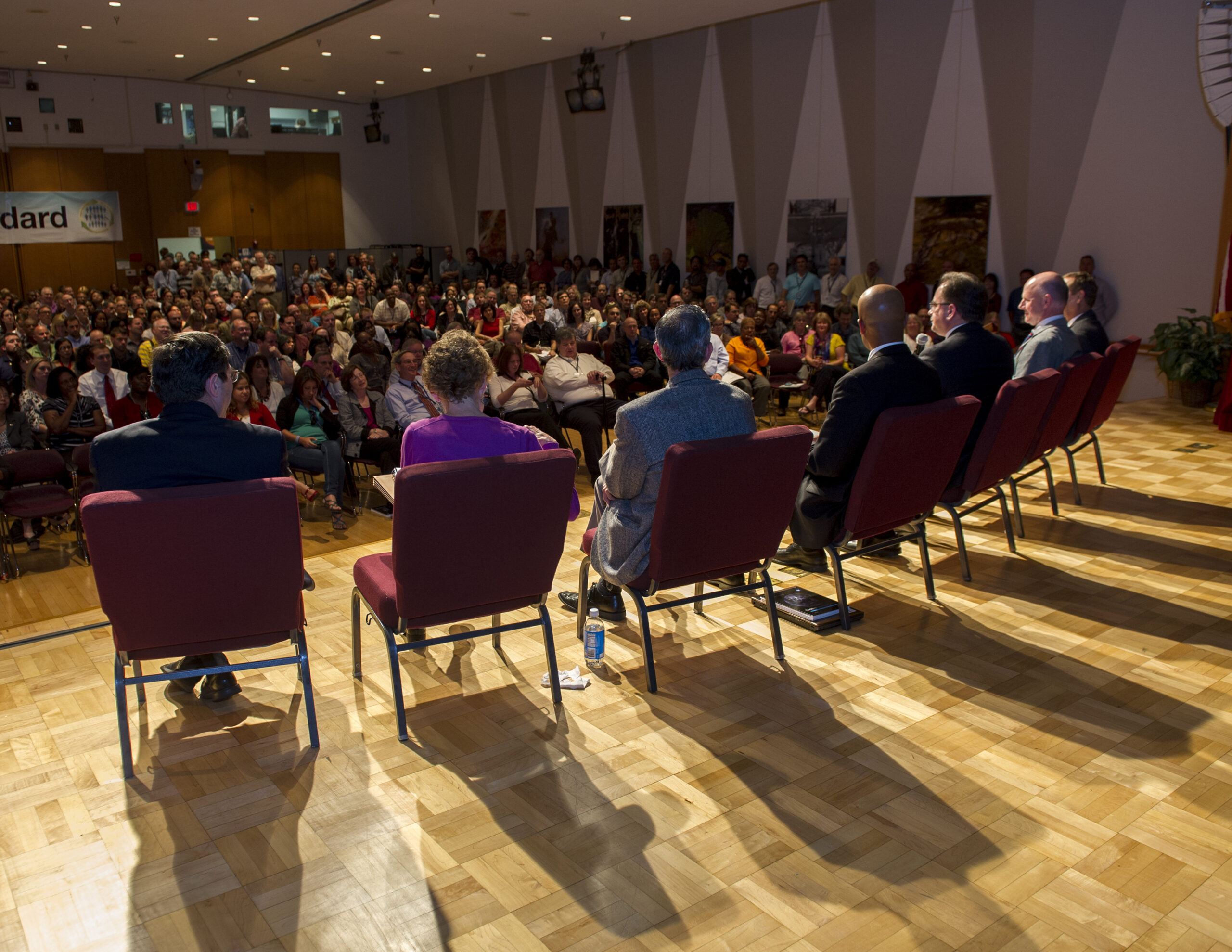How to Run an Effective All Hands Meeting
- Establish all hands as neutral events. If all hands meetings only occur when major changes are underway, people will naturally get nervous the next time they receive an invitation. Set them up as regularly occurring (though infrequent) events, and whenever possible, send out the agenda ahead of time to reduce speculation.
- Stay on schedule. Respect people’s time by maintaining the meeting’s focus and keeping within the allotted time.
- Rotate the cast. As in every meeting, one person should be designated as facilitator and one as scribe. Beyond that, though, encourage different members of the leadership team to present at each meeting to allow people to hear different perspectives and presentation styles.
- Involve all departments. It’s easy for people to focus exclusively on their day-to-day tasks, so ask each department or team to present an update on their progress. This will give everyone a better understanding of how they are contributing to larger goals, as well as how the company’s long-term plans will benefit their careers.
- Celebrate success, study failure. Don’t just introduce initiatives, report back on how they performed. Not all results will be positive, but by openly discussing failures (and how similar errors will be avoided in the future) people will know that real progress is being made.
- Ask for feedback. Make the meeting a conversation, not a monologue, by giving attendees the opportunity to ask questions and critique the meeting itself. If people don’t feel comfortable providing feedback in front of the team, send out an anonymous survey immediately after the meeting to get their response.
- End on a high note. Reward people for their attention and continued support—a catered lunch or happy hour gives people the chance to decompress and connect with colleagues they may not spend time with.
Takeaway: Giving an all hands meeting structure instill confidence in your team and encourages communication across different functions of the organization.













